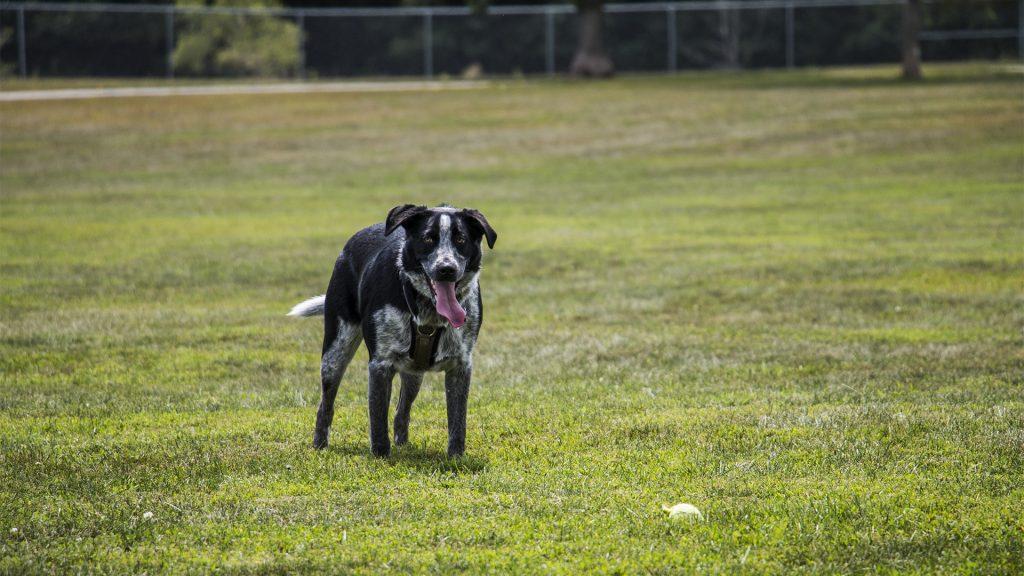Recent research has connected human contact with dogs to increased contact with ticks by studying a niche population: people who work with hunting hounds.
“You want to try to find the population that has the most exposure,” said UI Associate Professor of epidemiology Christine Petersen, the director of the Center for Emerging Infectious Diseases.
Petersen surveyed professional hunting-hound caretakers, who spend hours every day outdoors in prime tick habitat with upwards of 50 dogs. For comparison, she surveyed people from birdwatching groups and county parks departments, who spend as much time outdoors sans dogs.
Hunting-hound caretakers are 7.69 times more likely to have high tick exposure, meaning they reported finding more than 20 ticks on their person in the last three years. Petersen said typical pet owners may face increased tick exposure as well but on a finer scale.
“Dogs probably are bringing ticks into the household and increasing anybody’s rate of exposure, but if you’ve got 10, 15, 20, or 50 dogs, that’s going to happen a lot more often than if you have one or two,” she said.
Though the survey included questions about symptoms of tick-borne illnesses, Petersen tested the blood of a subset of her sample for Lyme-disease-fighting antibodies to see how many had been bitten by disease-carrying ticks, regardless of whether they had shown physical signs of illness.
Petersen said she was surprised to find an insignificant difference in who carried the antibodies between the percentages of hound caretakers and controls.
“Because we hadn’t really thought through the ecology of these ticks and how they work, I think we did think that we would see a slight uptick in Lyme disease in the people who work with the dogs,” she said.
She said deer ticks, the species that carries Lyme disease, only bite dogs as adults. Because adult ticks feed only once, just before they lay eggs, the same infected deer tick that bites a dog will never bite its caretaker, too.
Petersen said she is excited to do further studies on other tick-borne diseases carried by species that bite dogs in both early and late-life stages. She said rates of those diseases among hunting hound caretakers would likely be higher.
She warned that rates of all tick-borne illnesses will likely increase in coming years, because trends show ranges expanding.
“We’re going to have more,” she said. “It’s going to get worse. We have to come up with better solutions, because tick checks and wearing lots of insecticides is not great.”
Mark Haglin, the owner of Pine Shadows kennel in Brainerd, Minnesota, said he hopes Petersen’s research will help reduce tick-borne disease in humans.
“It affects the performance of our dogs,” he said. “It affects the performance of our people when they are infected with Lyme disease.”
He said he and his staff spray themselves with DEET, wear long pants and sleeves, and check themselves and the dogs right after being outdoors, but it’s not always enough. Ticks are just part of the job.
“You’re never going to get Lyme disease if you sit in a Walmart parking lot all day,” he said.
Betsy Park, the master of the Sandanona Harehounds pack in Dutchess County, New York, said she has seen an “explosion” of deer ticks in the Northeast during her life. She said she had around 30 ticks on her at once this past May when she was out with her pack.
Despite the risk of disease, she is grateful to have had such an outdoorsy lifestyle.



